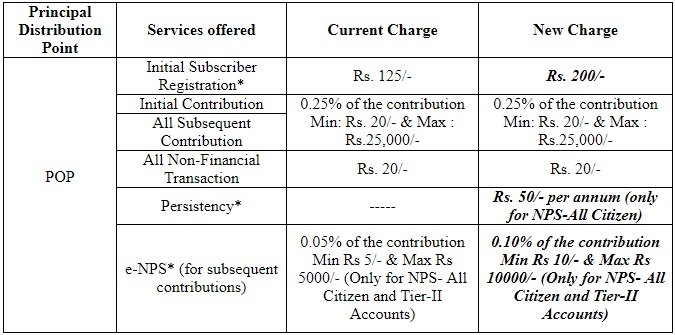IPS officer jailed for cheating in UPSC, wife arrested in Hyderabad
CHENNAI/HYDERABAD: Police on Monday arrested a Tamil Nadu-cadre trainee IPS officer after Intelligence Bureau officers caught him cheating in the Union Public Service Commission (Main) Examination at a test centre in Egmore, Chennai.
Investigators said Safeer Karim, an assistant superintendent of police in Nanguneri, Tirunelveli, took a cellphone, a Bluetooth-enabled miniature camera in a shirt button and wireless earpieces into the examination hall in Presidency Girls Higher Secondary School.
"Karim's wife, Joicy Joy, dictated the answers to him from Hyderabad," an investigating officer said.
The Hyderabad police made coordinated arrests, taking Joy into custody at `La Excellence IAS -The Institute for Civil Services' at Ashok Nagar Crossroads in Hyderabad, where she was a visiting faculty member, as well as the institute's director and Karim's friend, P Rambabu. "Karim wanted to join the IAS, so he took the UPSC exams again," the officer said.
Karim, from Aluva, Kerala, who ranked 112 in a second attempt at the UPSC exams in 2015 after falling short in the interview the previous year, is an electronics engineer and proprietor of Karim's IAS, which trains civil service candidates and has branches in Kochi and Thiruvananthapuram. The officer said the IB, suspecting that Karim had cheated in the first of five tests in the UPSC examinations on Saturday, had put him under surveillance. They also monitored his wife. Four IB sleuths followed him to the examination hall on Monday where Karim successfully tricked a couple of policemen who were frisking candidates at the entry.
"Karim handed over his wallet and a cellphone to them from his trouser pockets, apologizing for forgetting to leave the handset in his car," the officer said. "But he had concealed another phone and wireless earpieces in his socks and a miniature camera in his shirt." The three-hour examination started at 9am. Twenty minutes later, IB sleuths entered the hall, searched Karim and seized the cellphone, which had concealed under his seat, the camera and earpieces.
"Karim admitted during interrogation that he took photographs of the question paper and sent them to his wife, who relayed the answers to him," the officer said. The IB officers handed him over to police, who booked him under relevant sections of the IPC, including 420 (cheating and dishonesty) and 120b (criminal conspiracy), and under provisions of the IT Act, and took him into custody.
Police on Tuesday night produced Karim before a magistrate, who remanded him in judicial custody. Officers said he faces dismissal from the IPS because he is still on probation. Friends told investigators that after Karim met with an accident recently and failed police fitness tests, he believed he did not have a viable future unless he opted for the IAS, the officer said. They told officers that Karim had been a topper in the CAT business school entrance exam, but in 2015 set up institutes in Kerala to train students for the civil service exams. Kareem met Joy when she took a job as an economics teacher at his academy and married her in 2016.
Read More ->>

















 →
→








